In the bustling world of superfoods and herbal remedies, one humble plant has been quietly gaining attention from nutrition researchers and health enthusiasts alike. Perilla frutescens, commonly known as perilla or shiso, is an aromatic herb that has been used in Asian cuisine and traditional medicine for centuries. Recent scientific investigations have revealed that this flavorful leaf packs an extraordinary nutritional punch, with particularly impressive antioxidant and anti-inflammatory properties that may offer protection against chronic diseases, including cancer.
The vibrant purple-green leaves of the perilla plant contain a unique combination of bioactive compounds that set it apart from other culinary herbs. Rosmarinic acid, one of perilla's primary active components, has been shown in multiple studies to exhibit antioxidant activity significantly stronger than vitamin E. This potent phenolic compound works by neutralizing harmful free radicals and reducing oxidative stress at the cellular level - a key factor in aging and the development of numerous diseases.
What makes perilla particularly fascinating to researchers is its complex phytochemical profile that goes beyond simple antioxidant effects. The plant contains various flavonoids, anthocyanins, and phenolic acids that work synergistically to combat inflammation throughout the body. Chronic inflammation has been identified as a root cause of many modern health conditions, from arthritis to heart disease, and perilla's natural anti-inflammatory properties may help modulate these processes without the side effects associated with pharmaceutical options.
Laboratory studies have demonstrated that perilla extracts can inhibit the production of pro-inflammatory cytokines like TNF-α and IL-6. These signaling molecules play crucial roles in the body's inflammatory response, but when produced in excess, they contribute to tissue damage and disease progression. By helping to regulate these inflammatory markers, perilla shows promise as a dietary component for managing inflammatory conditions and potentially reducing the risk of inflammation-related diseases.
The cancer-preventive potential of perilla has become an increasingly active area of research. Several compounds found in the leaves, including luteolin and apigenin, have exhibited anti-carcinogenic effects in preclinical studies. These phytochemicals appear to work through multiple mechanisms - inducing apoptosis (programmed cell death) in malignant cells, inhibiting angiogenesis (the formation of new blood vessels that feed tumors), and preventing the proliferation of cancer cells. While human trials are still limited, the existing evidence suggests that regular consumption of perilla may contribute to a cancer-protective diet.
Beyond its impressive antioxidant and anti-inflammatory credentials, perilla offers additional health benefits that make it worth incorporating into one's diet. The herb is exceptionally rich in omega-3 fatty acids, particularly alpha-linolenic acid (ALA), which are essential for brain health and cardiovascular function. This makes perilla an excellent plant-based source of these crucial fats for vegetarians and vegans. The leaves also provide a good amount of dietary fiber, vitamins A and C, calcium, iron, and potassium - a nutrient profile that supports overall wellness.
Traditional medicine systems have long utilized perilla for respiratory conditions, and modern science is beginning to validate these uses. The herb's natural antihistamine properties may help alleviate allergy symptoms, while its expectorant qualities can provide relief from congestion. Some practitioners of integrative medicine now recommend perilla leaf tea or extracts as a complementary approach for managing mild asthma and seasonal allergies.
In the kitchen, perilla's distinctive flavor - described as a cross between mint and basil with citrusy undertones - makes it a versatile ingredient that can enhance both the nutritional value and taste of various dishes. The leaves can be used fresh in salads, rolled with rice and fish in sushi, pickled as a condiment, or blended into pesto. The seeds, which also contain beneficial compounds, can be pressed for oil or ground as a spice. This culinary flexibility makes it easy to incorporate perilla's health benefits into regular eating patterns.
As research into perilla continues, scientists are particularly interested in how traditional preparation methods might influence the bioavailability of its active compounds. Fermentation, a common practice in Korean cuisine where perilla leaves are used to make kimchi, appears to enhance certain beneficial properties while creating new bioactive metabolites. Similarly, the combination of perilla with other ingredients - as seen in traditional herbal formulas - may produce synergistic effects that modern science is only beginning to understand.
While perilla shows tremendous promise as a functional food, experts caution that it shouldn't be viewed as a miracle cure. The current evidence, while encouraging, comes primarily from laboratory studies and animal models. More rigorous human clinical trials are needed to fully understand the extent of perilla's health effects and establish optimal dosages for therapeutic purposes. As with any dietary change or supplement use, consultation with a healthcare provider is recommended, especially for individuals taking medications, as perilla may interact with certain drugs.
The growing body of research on perilla highlights an important theme in nutritional science - that traditional food plants often contain sophisticated combinations of bioactive compounds that modern science is only now beginning to appreciate. As we continue to search for natural approaches to preventing chronic diseases and promoting longevity, perilla stands out as a particularly promising candidate worthy of both our culinary attention and scientific investigation.
For those looking to enhance their diet with functional foods, perilla offers an accessible option that combines potent health benefits with culinary versatility. Whether enjoyed for its distinctive flavor or sought out for its medicinal properties, this ancient herb appears to have much to offer modern health-conscious consumers. As research progresses, we may find that perilla's full potential extends even beyond what current studies have revealed, solidifying its place as one of nature's most valuable medicinal plants.
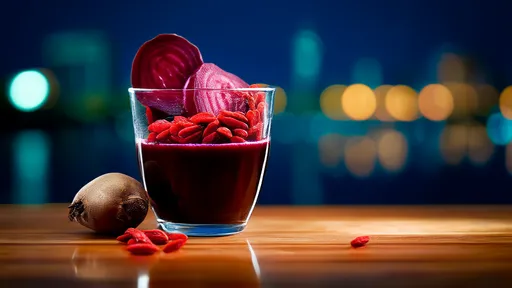
By /Jul 1, 2025
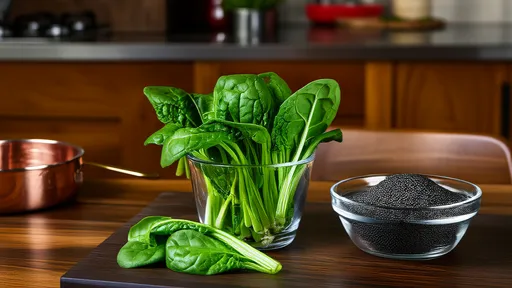
By /Jul 1, 2025
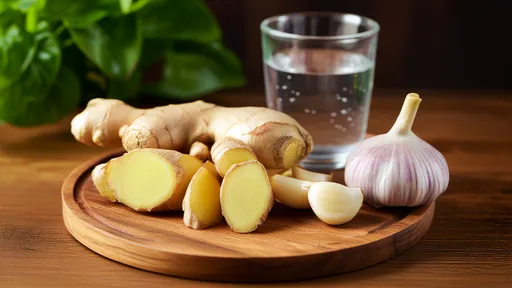
By /Jul 1, 2025
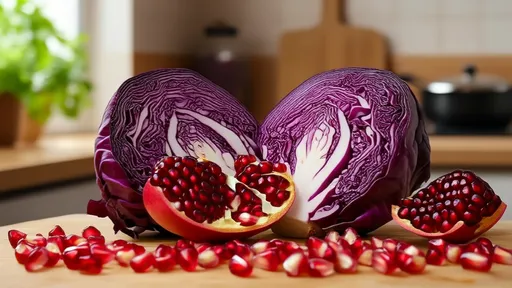
By /Jul 1, 2025
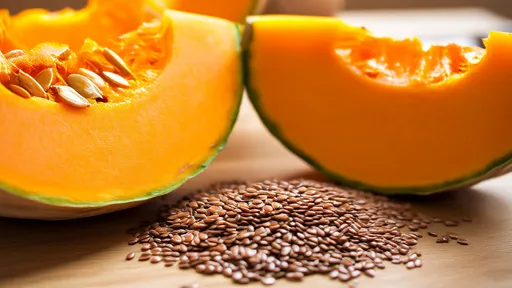
By /Jul 1, 2025

By /Jul 1, 2025
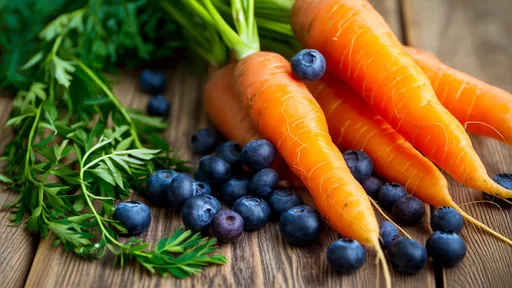
By /Jul 1, 2025
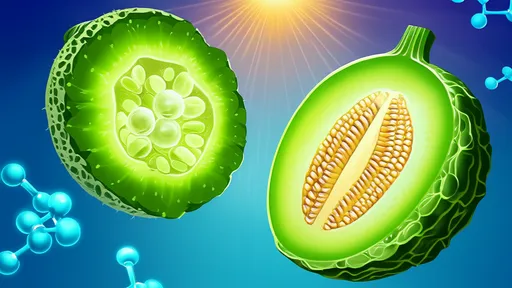
By /Jul 1, 2025
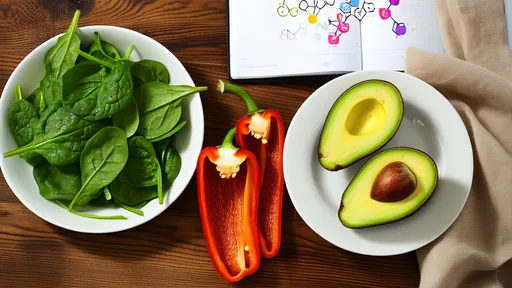
By /Jul 1, 2025

By /Jul 1, 2025
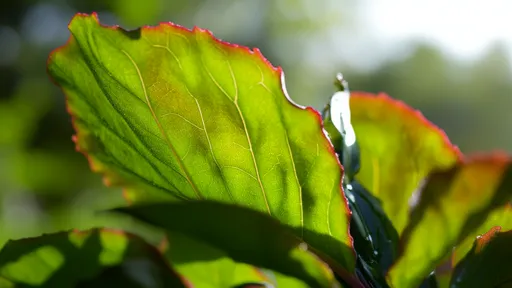
By /Jul 1, 2025

By /Jul 1, 2025
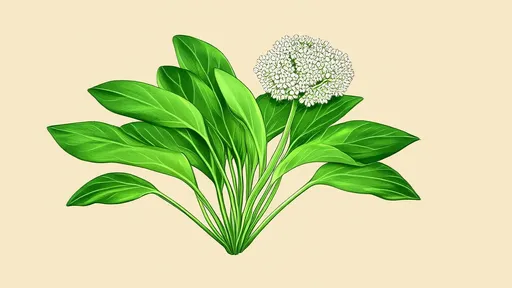
By /Jul 1, 2025
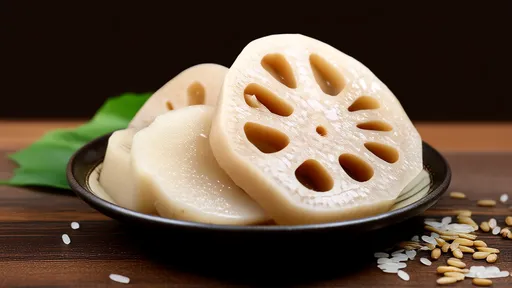
By /Jul 1, 2025
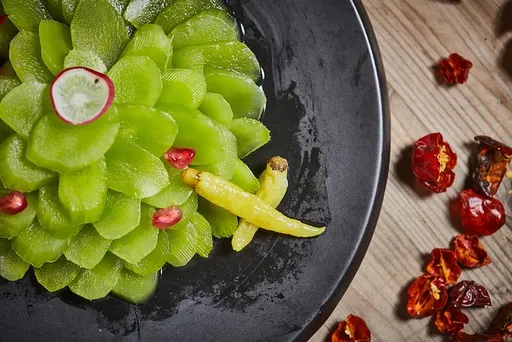
By /Jul 1, 2025
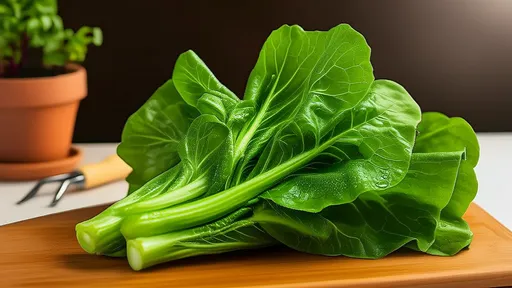
By /Jul 1, 2025
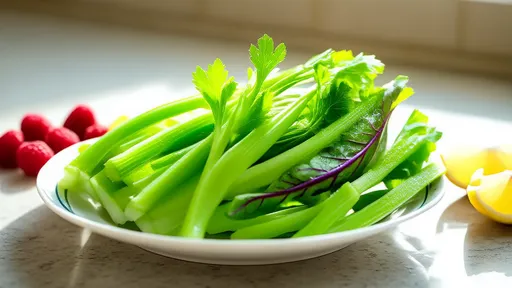
By /Jul 1, 2025